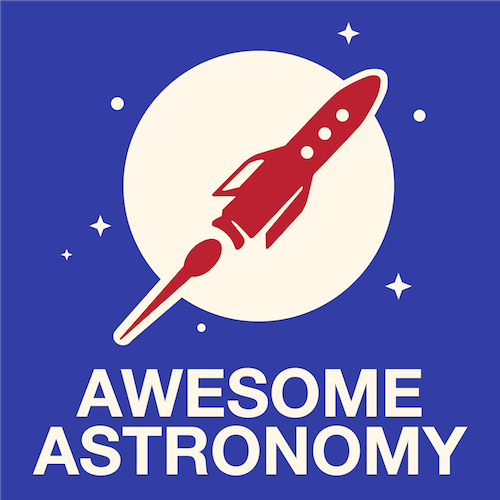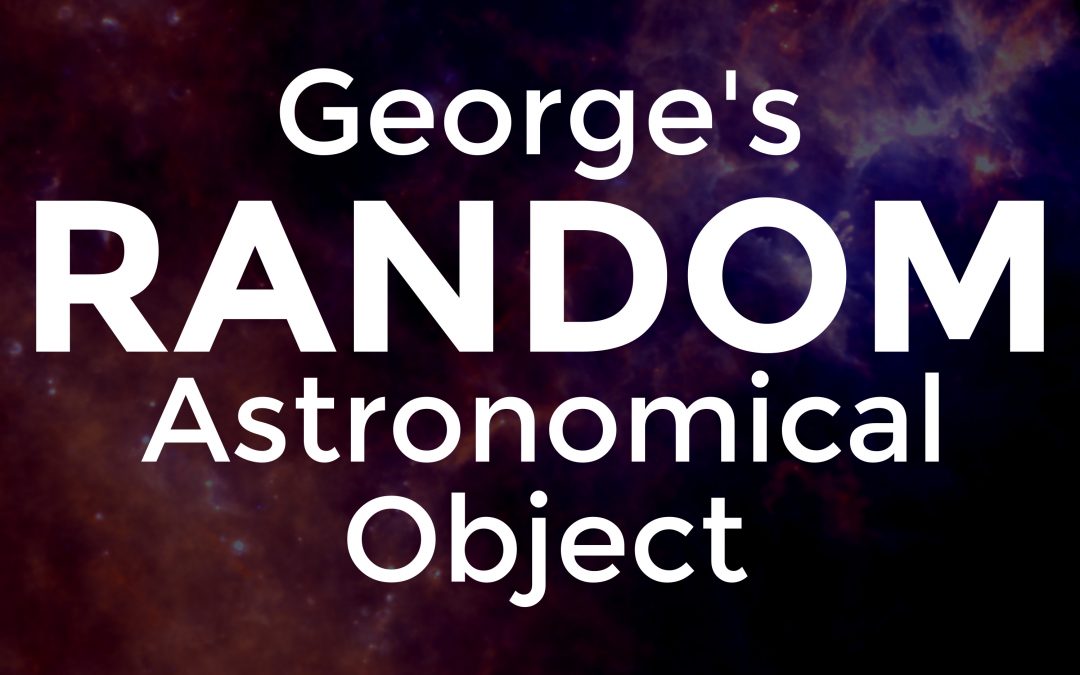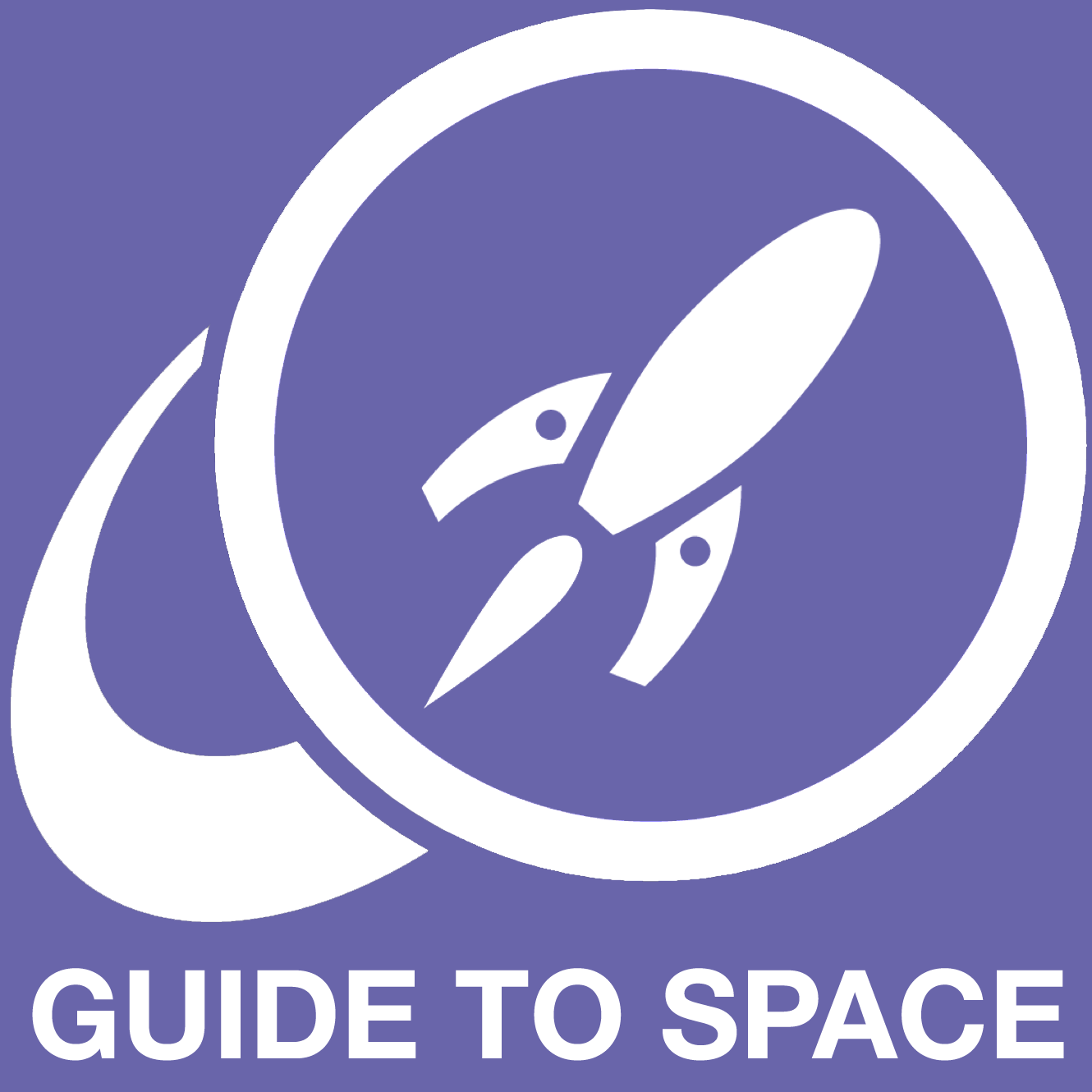A proposed mission called CLEoPATRA will look for rogue planets not orbiting any star. Meanwhile, a possible planet has been discovered in the Whirlpool Galaxy and could be the first planet found outside the Milky Way.


A proposed mission called CLEoPATRA will look for rogue planets not orbiting any star. Meanwhile, a possible planet has been discovered in the Whirlpool Galaxy and could be the first planet found outside the Milky Way.

Let’s check this month skyguide and news update with @AwesomeAstroPod. Today’s news includes: Jupiter’s Great Red Spot, crazy exoplanets orbits, red and dead galaxies, alien radio signals, and the 1st exoplanet in another galaxy

A planet in another galaxy! That’s one of the news on today weekly space hangout. Listen to all the weekly update here at #365DaysOfAstro

Time weekly news & discussion. Today @WSHCrew discuss with Megan Russell about Volcanism on Venus & Ice on Mars and updates from Perseverance, Europa, Lucy and the discovery of exoplanet by LOFAR.

New season of Weekly Space Hangout! This time @WSHCrew has mission update from BepiColombo flyby, LandSat 9 study Earth, Lucy to Jupiter’s trojan, DART mission, JWST launches & Milky Way arm!

Using data from the Hubble Telescope and the ESO’s Very Large Telescope in Chile, a team of scientists have successfully detected clouds on an exoplanet and even measured their altitude.

It’s time for October skyguide and news round-up session with @AwesomeAstroPod. Today we have mysterious case of missing supernova, volcanoes on Venus,and

George’s Random Astronomical Object presents the star HD 191089. Astronomers may not have found an exoplanet orbiting this star, but they found the next best thing.

Hycean worlds have hydrogen-rich atmospheres & are covered in oceans, making them prime candidates for the search for life outside our own solar system. #65DaysOfAstro

The total number of confirmed exoplanets are more than 4000. So let’s run the clock forward and try to calculate what the future holds for exoplanets. How many worlds will we know about 3 decades from now, in the year 2050?